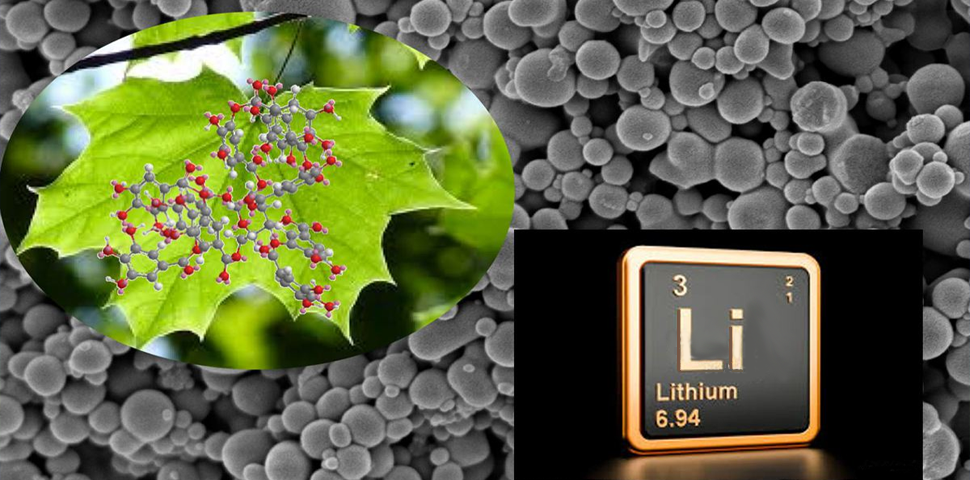Primary Investigators: Hemali Rathnayake, Sheeba Dawood
Application Number: 62/911,543
UNCG Innovation: 19-0012
Category: Nanoscience
Description:
Point-Of-Use Molecular Sieving Extraction Technology for Lithium – The global demand for lithium is expected to witness substantial growth owing to its increased demand for energy storage, healthcare devices, electrification of tools, and other battery-intense applications. It is unlikely that traditional lithium extraction operations from hard rock and brine deposits will be able to respond to future lithium markets to meet current demands. Mining lithium from hard rock deposits requires high operating cost regardless of its low technology requirements and short processing time. The current brine operations are more capital intensive, incur significant lead times to generate high grade lithium production.
A point-of-use lithium extraction technology, which provides molecular sieving ability and selective chemical affinity to lithium, leading to fast and efficient lithium extraction and recovery. The novel technology is unique due to its high selectivity, rapid extraction ability, and the feasibility to apply into large-scale lithium extraction from different brine solutions. The innovation will significantly reduce the cost, and cut down the extraction time, literally from 2 years to a couple of hours in some cases.
Immediate & Future Applications:
- Current methods of lithium extraction can cost thousands of dollars depending on the size of the well and or brine pond. At this early stage of product development of our innovation, we can predict that we should be able to manufacture the smallest size of our proprietary reusable membranes for a low cost ( <$1000). Given that our unique advantage will be improving the selectivity of the extraction process this should make our technology appealing to the smaller operators who at present are not offering lithium extraction as a service. Since their yields will be increased as a result of our highly selective technology, which will provide the ability to use these mats as liners or beads as sorbents to small ponds for lithium extraction. Our final product will be easily modifiable for larger scale extraction for the manufactures who are high-volume users. The innovation is unique due to its high selectivity and surface area as well as the its feasibility to apply into any shape and size ponds. The high selectivity for lithium ions over other cations and anions through tailoring the pore size of the coordination polymer framework will provide fast extraction and recovery of lithium from brines and salt lakes. In our current work, we have already prepared and demonstrated large area fibrous mat weaved coordination polymer frameworks, which are derived from natural tannins and transition metal ions.
- The development of this novel CPF nanomaterials will open a new avenue to lithium ion battery companies to use these lithium-coordinated CPF nanomaterials for solid-state lithium ion batteries as solid-state electrolytes, anode materials, and separators directly without converting to Lithium carbonates or lithium hydroxide. Therefore, if commercialization of the present technology is successful, it will have significant impact on not only oil companies and lithium extraction companies, it will broadly impact on lithium ion batteries, health care industries, and pharmaceutical industries.
Inventor Info: Hemali Rathnayake
- https://jsnn.ncat.uncg.edu/people/faculty/faculty-nanoscience/hemali-rathnayake-ph-d/
- https://www.researchgate.net/profile/Hemali_Rathnayake
- https://scholar.google.com/citations?user=B3oRU-kAAAAJ&hl=en
Inventor Info: Sheeba Dawood
- https://scholar.google.com/citations?user=FonEdikAAAAJ&hl=en
- https://www.linkedin.com/in/sheeba-dawood
Media:

